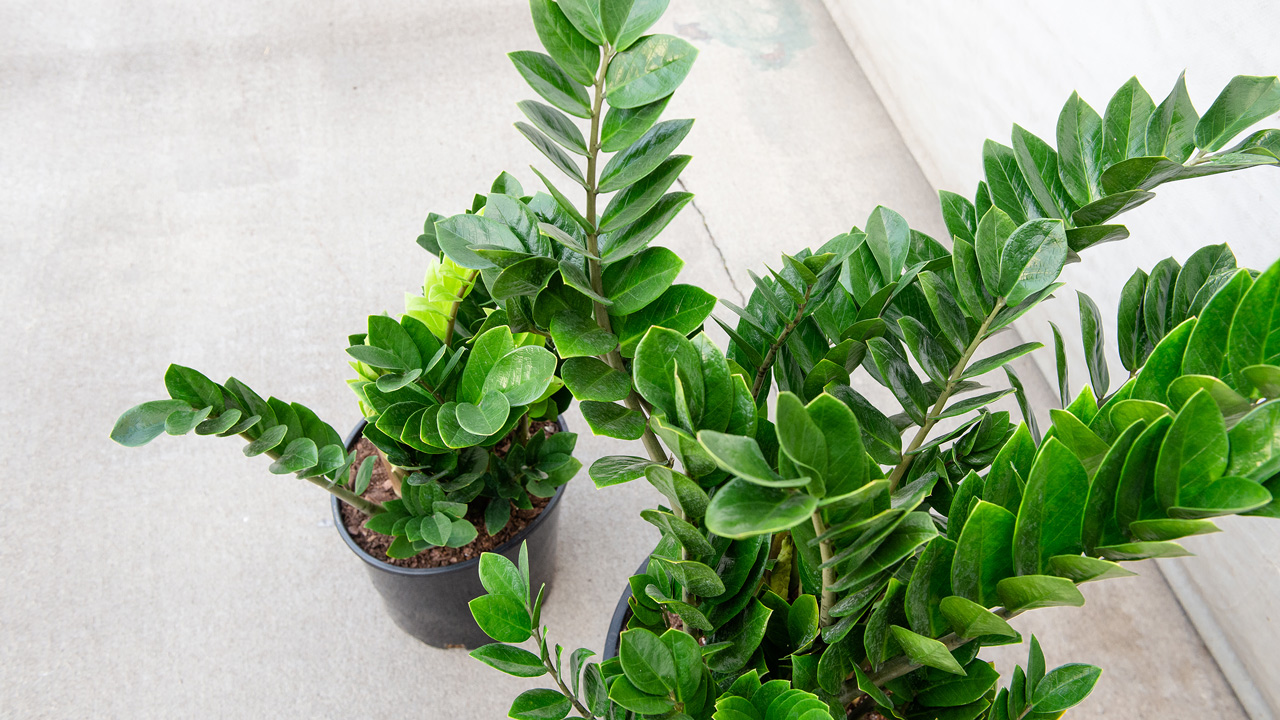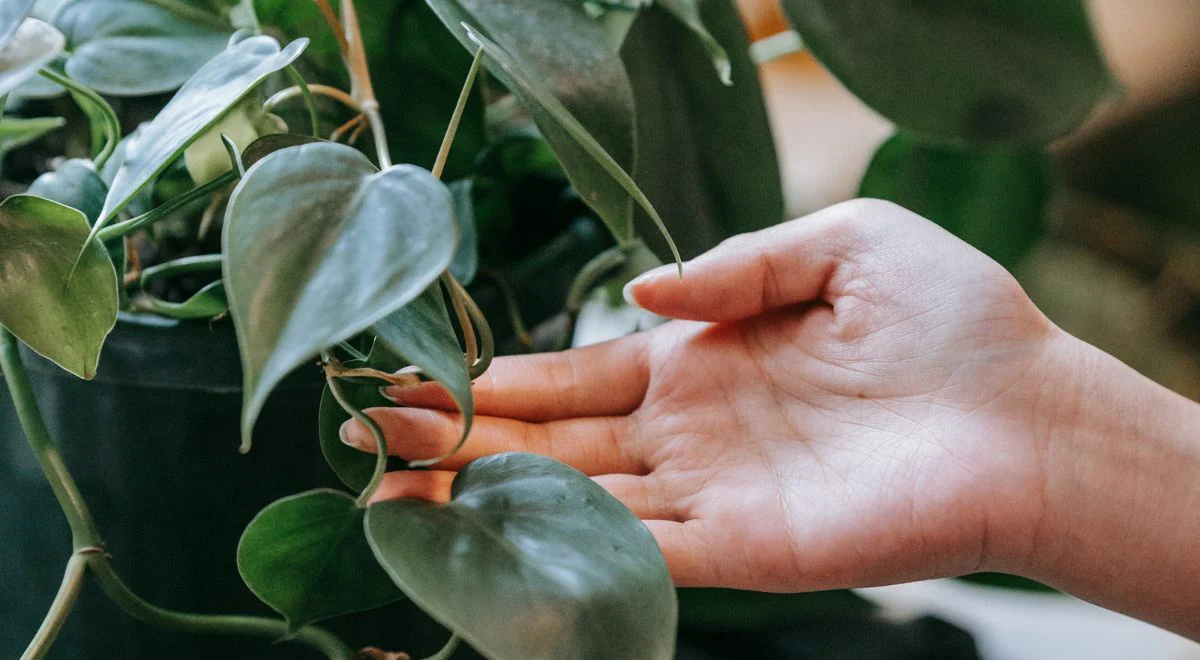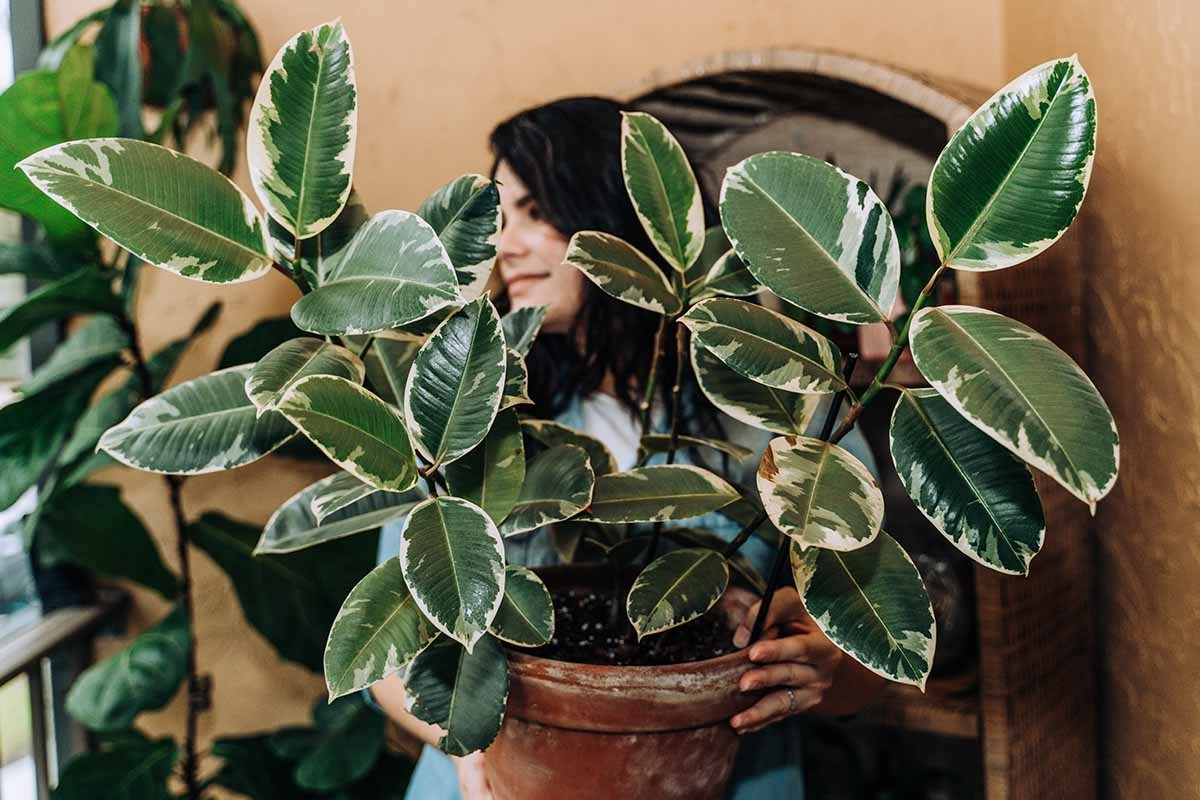1. Snake Plant (Sansevieria)
Snake plant stands as an exceptional indoor plant that requires little maintenance. The sword-like structure of its leaves creates architectural value in rooms while its ability to withstand neglect makes it almost impossible to kill. Snake plants survive in low-light conditions and handle sporadic watering schedules and brief periods of abandonment. The plant’s ability to clean indoor air together with its low maintenance requirements makes it suitable for bedrooms, offices or any living area. A healthy striking plant emerges from watering every two to three weeks while letting the soil dry completely between waterings without much effort.
2. ZZ Plant (Zamioculcas zamiifolia)

The ZZ plant serves as an ideal low-maintenance houseplant for people who want hassle-free plant care. The thick waxy leaves of this plant store water which enables it to thrive in dark spaces while also surviving without water for extended periods. Water your ZZ plant only three to four times per month and it will adapt to any lighting situation from bright indirect to dim spaces. The plant’s slow growth rate means you will not need frequent repotting while its glossy leaves enhance any environment’s appearance.
3. Pothos (Epipremnum aureum)
People love Pothos because it is both adaptable and tolerates neglect easily. The trailing vine grows well in different lighting scenarios from dim to bright indirect light while needing water only when the top soil layer becomes dry. Pothos can thrive in multiple environments because it adapts well to hanging containers and vertical training systems. The plant’s air-purifying properties combined with its ability to tolerate neglect make it an excellent choice for new plant owners or busy caregivers.
4. Philodendron

People consider philodendrons to be traditional indoor plants because they produce heart-shaped leaves along with trailing vines. These plants succeed in conditions ranging from medium to bright indirect light yet they can also thrive under lower light conditions. Check the soil moisture by feeling the top inch of soil dryness and then water your plant to achieve attractive and robust foliage growth. Philodendrons prove to be durable while simple to multiply and function as effective indoor air purifiers which explains their popularity among people who want powerful yet effortless plants.
5. Peace Lily (Spathiphyllum)
Peace lilies are recognized for their white blooms combined with their shiny green leaves. The plant requires little maintenance because it thrives in medium to low light conditions and needs watering only once a week or when its leaves start to droop from thirst. The air-purifying properties of peace lilies work well in different indoor spaces including offices bathrooms and living rooms. The plant signals its needs through visual signals that make it suitable for new gardeners.
6. Rubber Plant (Ficus elastica)

Rubber plants offer a striking appearance that functions as an effortless decorative addition to any space. The plant needs watering only occasionally during a span of one to two weeks because it grows broad shiny leaves. Rubber plants thrive under bright indirect lighting yet they can survive in lower light conditions. The plant will remain resilient and striking when you let the soil dry completely between waterings to prevent root rot.
7. Succulents
Succulent species such as jade and echeveria and sedum serve as the perfect selection for anyone seeking low-maintenance indoor plants. These plants survive without attention because they need rare watering sessions and direct sunlight. Succulents come in numerous forms that let collectors build interesting displays because of their varied shapes, sizes and color selection. The leaves of these plants store water so you should water them only when the soil reaches complete dryness before they produce long-lasting vibrant growth.
Seven indoor plants demonstrate that you can experience both houseplant beauty and benefits regardless of your green thumb status or available time. By putting in minimal work you can develop a thriving indoor garden that stays healthy throughout the entire year.




